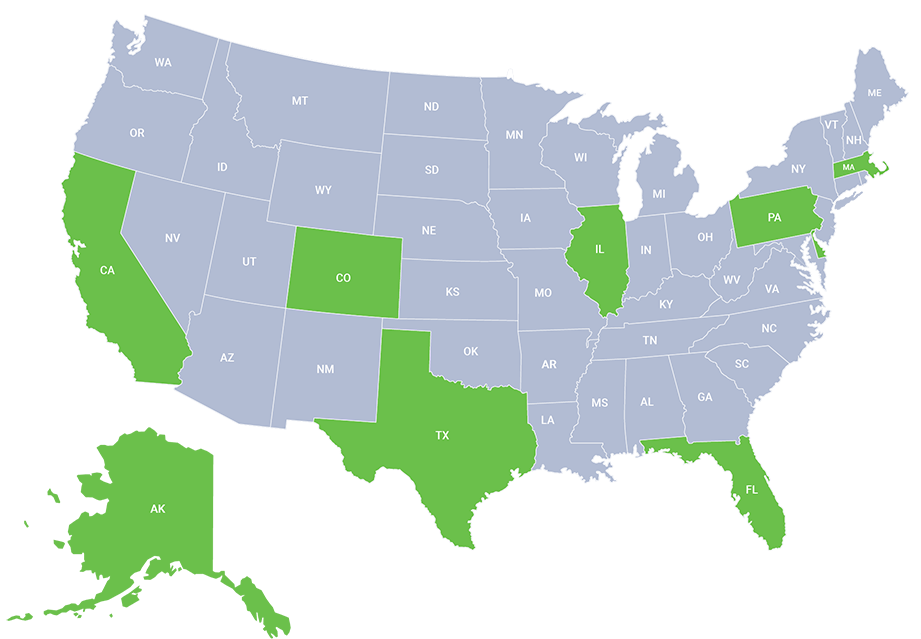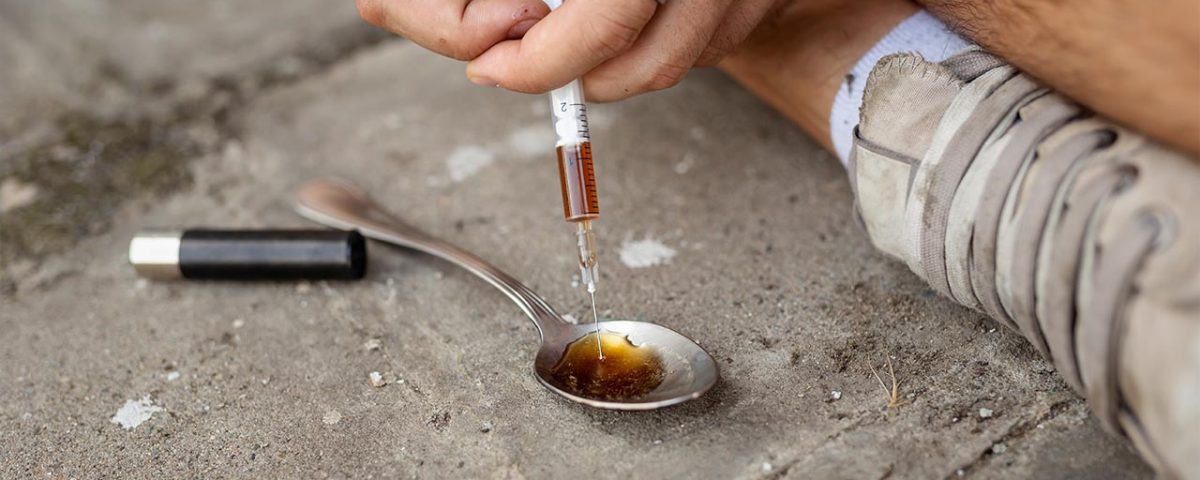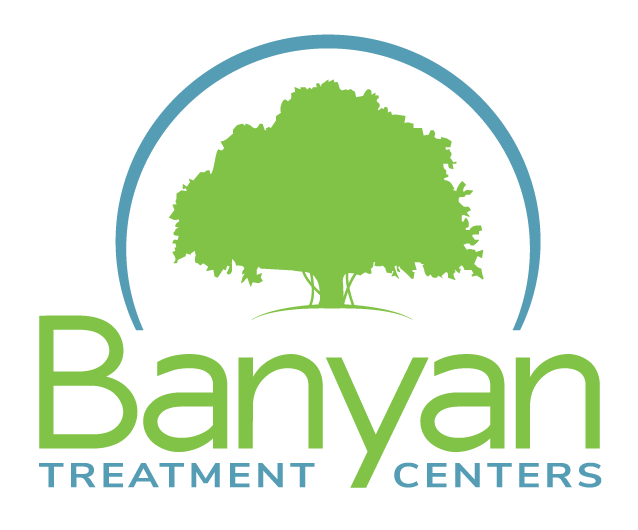The number of people in the United States who have reportedly used heroin at least once in a year has been on the rise since 2007, with this number hitting 948,000 in 2016.1
A large contributor to the opioid epidemic, heroin is a type of opioid that has been used for many years to treat pain, but it is also highly addictive and often abused. It is a natural drug derived from the opium poppy plant that is usually grown in Mexico, South America, and parts of Southeast Asia. The seed pod from this plant is what gives users the euphoric high and also what makes heroin so addictive. Heroin may also be cut or laced with other drugs or substances depending on where it is made and who produces it. Because heroin is illegal in the United States and not regulated by any formal entity, there are a few different forms of heroin; even batches from the same seller can also vary drastically.
Questions about our Facilities or Programs?
Our admissions coordinators are available 24/7 to answer any questions you may have as you consider whether treatment at Banyan is right for you or your loved one.
The Various Types of Heroin
Heroin’s molecular formula is C21H23NO5, but like with many illicit and synthetic drugs, there are different types of heroin depending on the ingredients and the production.2 These forms of heroin may look unique, but they often contain a lot of the same ingredients and have similar effects. The types of heroin include brown powder heroin, white powder heroin, black tar heroin, and other heroin drug mixtures. Regardless of the type of heroin someone is abusing, this drug is dangerous, especially with prolonged abuse, and can lead to serious consequences including overdose. Heroin addiction treatment can help users quit before it is too late.
Brown Powder Heroin

White Powder Heroin

Black Tar Heroin

Getting into treatment is easy with our free insurance verification
"*" indicates required fields
Other Heroin Mixtures

Some examples of drugs that can be laced with heroin include:
- Fentanyl
- Weed
- Cocaine (Speedball)
- Prescription opioids
- Ecstasy
Purple heroin is a relatively rare drug mixture of heroin, OxyContin, and carfentanil or fentanyl. Because of the addiction on these synthetic opioids, this type of heroin is extremely potent and dangerous. It also has a high propensity for overdose. Speedball is a mixture of heroin and cocaine. Typically, users will inject both of these drugs into their system at the same time, which can lead to dangerous effects.
Heroin Fillers
Along with the various drugs that heroin can be laced with, many drug deals will also mix the different types of heroin with certain fillers to cut costs for production and increase their profit.
Some common fillers for heroin may include:
- Flour
- Talc
- Cornstarch
- Sugar
- Powdered milk
- Crushed painkillers
While these fillers are harmless by themselves, they can lead to other complications when mixed with heroin. Especially when users try to inject heroin, these additives could clog the veins and lead to various vascular problems, including, eventually, heart problems.
If you or a loved one is abusing heroin and cannot seem to stop on your own, we want to help. Our drug rehab in Langhorne works with people who struggle with this drug on getting their lives back under control regardless of the type of heroin they have become addicted to.
Stop letting drugs or alcohol dictate your life; call us today at 888-280-4763 to take your first step to sobriety. At Banyan Philadelphia, we are here to help.
Sources & References:
- National Institute on Drug Abuse - What is the scope of heroin use in the United States?
- NIH - PubChem-Heroin









